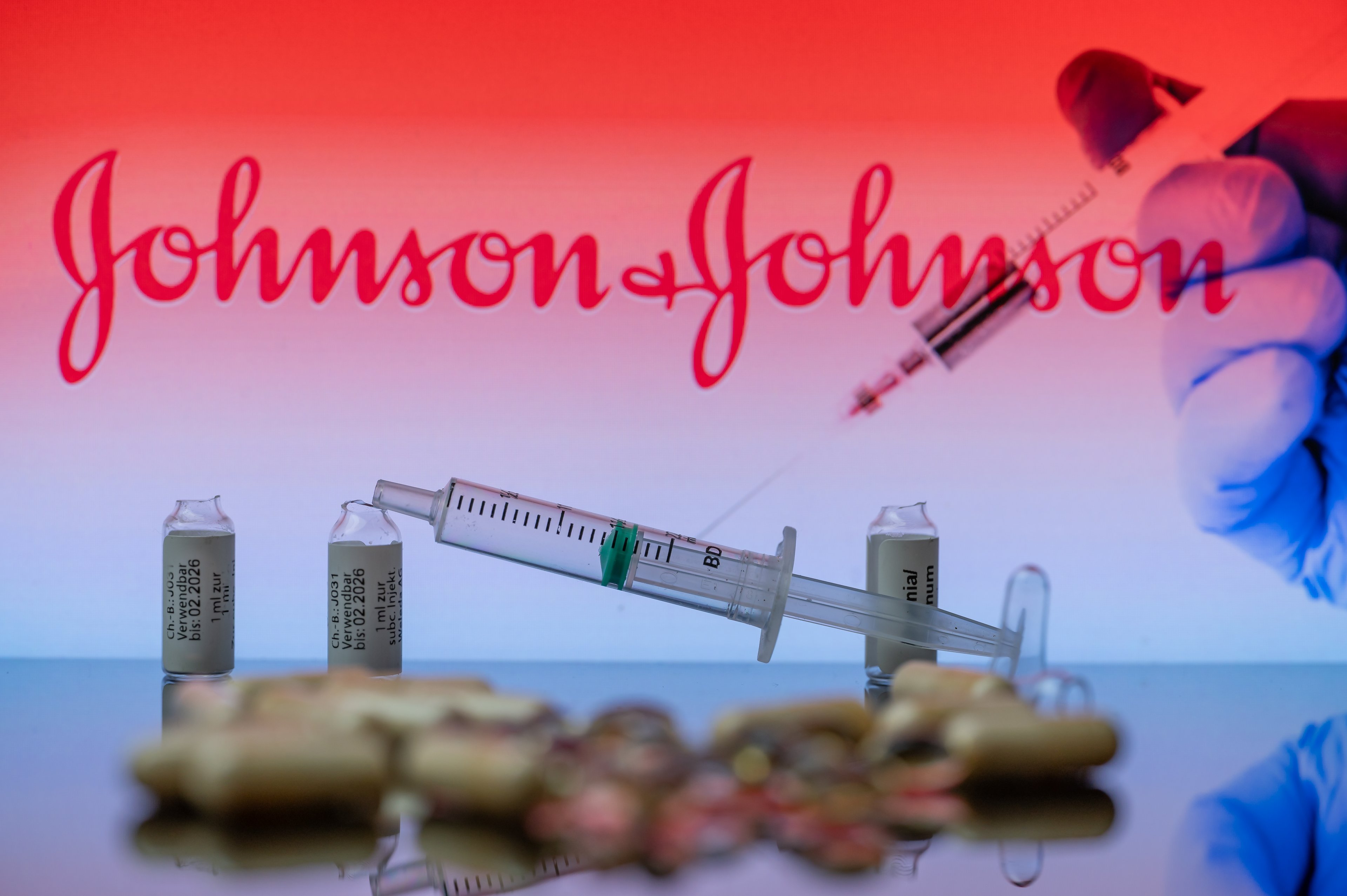Many Fools may be surprised to hear that pharmaceuticals is not the biggest segment by sales at J&J (JNJ 0.66%). That's because in 2013, the medical-devices segment accounted for 40% of total sales, while pharmaceuticals was only slightly behind at 39.4%, with the consumer segment accounting for the remaining 20.6%.
The reason many of us think of pharmaceuticals when we think of J&J is because it accounts for 56% of the company's pre-tax profit. So, although it isn't the biggest segment by sales, it's the biggest -- and, therefore, the most important -- in terms of profits. Let's take a deep dive into the pharma segment and see whether it can be the catalyst for J&J's share price to take off.
A strong 2013
The year 2013 was a strong one for J&J's pharma segment, as it posted sales growth of 10.9% when compared to sales in 2012. All five of J&J's pharma franchises accelerating growth (or a decelerating decline in neuroscience's case) in 2013 compared to 2012. Oncology was the pick of the bunch as it recorded sales growth of 43.5% in 2013, helped hugely by Zytiga nearly doubling to $1.7 billion in 2013, up from $961 million in 2012. In addition, the largest franchise, immunology, saw sales rise by 16.7%, as Simponi and Stelara increased sales by 53.5% and 46.7%, respectively.
As mentioned, the pharma segment is not the largest by sales at J&J, but its profits are. So, margins are of huge importance and, on this front, J&J made great progress in 2013. Pre-tax profit margin was 32.6% in 2013, versus 24% in 2012, primarily due to a positive sales mix of higher-margin products and lower costs associated with strong volume growth, as well as one-off items such as equity investment transactions.
Sales potential
In terms of sales potential at J&J, two drugs that were recently approved could make a major impact on the top line. Imbruvica (co-developed with Pharmacyclics) was approved in November for the treatment of leukemia, and peak sales estimates are around $6 billion or even possibly more. The drug was a standout performer in trials, with most patients in an extended study benefiting from progression-free cases. In addition, type 2 diabetes treatment Invokana was approved in March 2013, and analysts report peak sales estimates around $650 million to $1 billion. While it's the first sodium glucose transport protein inhibitor (SGLT2) inhibitor -- which leads to a reduction in blood glucose levels -- to be approved, it looks set to come under pressure from rival treatments, so the actual benefit can be difficult to identify.
Sector peers
Sector peer Merck (MRK 0.39%) is also focused on pharmaceuticals, with the segment (excluding animal health) making up 85% of 2013's total sales and 88% of total segment profits in 2013. However, in 2013 the pharma segment posted a sales decline of 7.8%. The main reason for this was a continued fall in sales of Singulair (respiratory franchise), which lost patent protection in the U.S. in August 2012. Indeed, sales of Singulair were $2.65 billion lower in 2013 than they were in 2012, which accounted for 84% of the $3.16 billion fall in sales for the segment in 2013.
Meanwhile, operating profits for the pharma segment were 11% lower than in 2012 at just under $23 billion for the year. However, Merck's pipeline could help to reverse this, with MK-3475, for instance, having the potential to deliver peak sales of $3 billion by 2020 depending on which indications it is approved for. Indeed, after disappointment in recent years surrounding its pipeline, MK-3475 could prove to be the jewel in the crown for Merck's pharma segment.
Pharmaceuticals accounted for 93% of Pfizer's (PFE +0.75%) total sales in 2013. As with Merck, it was a disappointing year for Pfizer, because total worldwide sales in pharmaceuticals were down 7% when compared to 2012. Among the company's pharma franchises, the major disappointment came in the Primary Care operating franchise, which saw declines of 15% in total sales. This weighed heavily on the total sales figure for the pharma segment, and was mainly a result of the loss of exclusivity on Lipitor in developed Europe and Australia, as well as patent losses on other products such as Viagra (most major European markets) and Lyrica (in Canada). However, as with J&J and Merck, Pfizer also has potential in its pipeline. For example, breast cancer drug palbociclib, could deliver peak sales of over $5 billion if it is approved and could help to offset the damaging effects of generic competition that have held back sales in recent years.
Looking ahead
While sector peers Merck and Pfizer posted declines in total pharma sales for 2013, J&J was able to head the pack and increase the pharma top line by 10.9%. Furthermore, this did not come at the expense of margins, with J&J's 32.6% pre-tax margin ahead of the respective figure for 2012 and 2011. As a result, 2013 appears to have been a very successful year for J&J's pharma segment.
However, the future could also hold strong performance for J&J. That's because peak sales forecasts for drugs such as Invokana and Imbruvica are highly encouraging, and show that there is still potential in J&J's pipeline. This is perhaps more encouraging than 2013's performance, because impressive sales potential means that J&J could have the stamina to keep delivering strong top- and bottom-line numbers during the medium term. As such, J&J's pharma segment may prove to be the best growth opportunity for the company.








